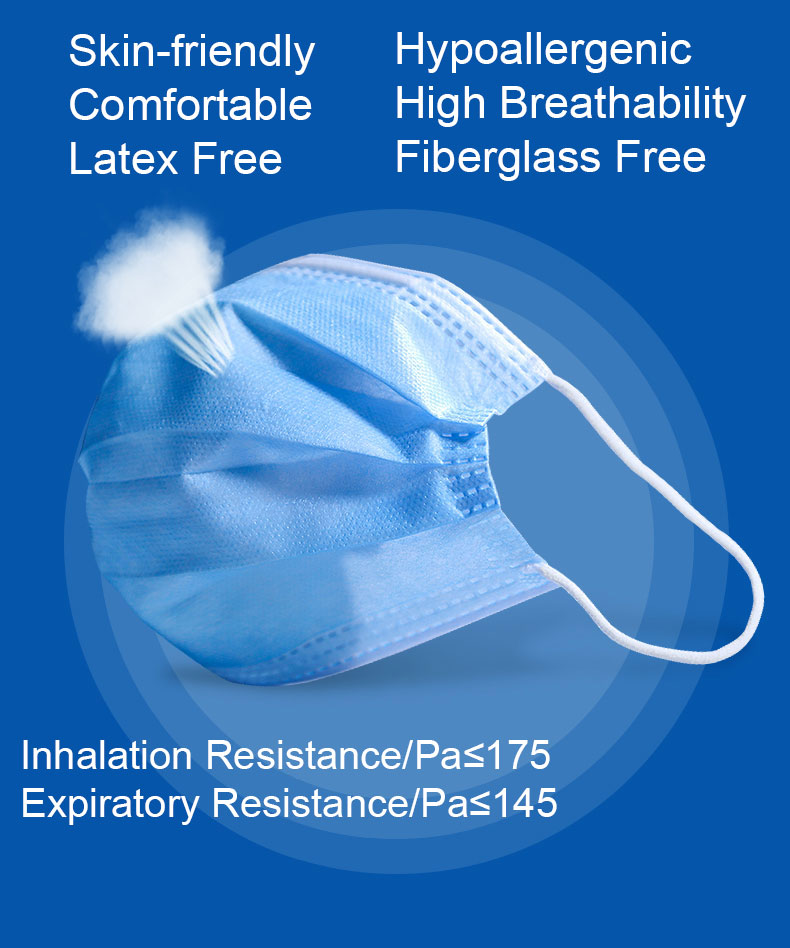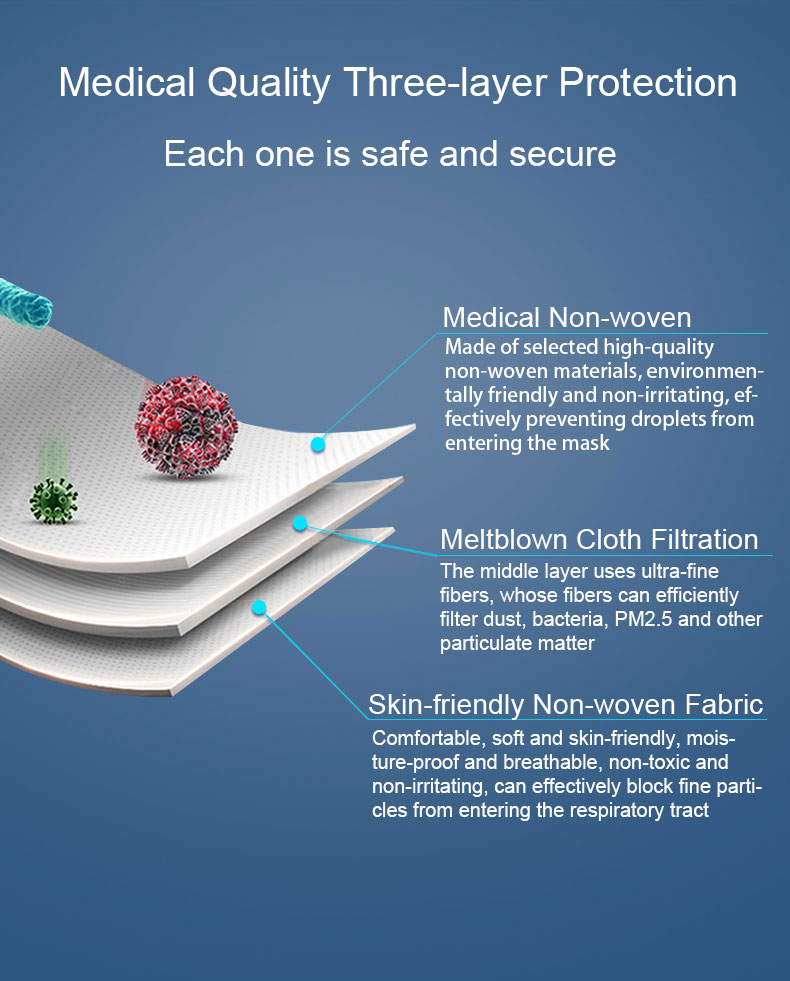Masks have become a common practice in almost every aspect of our lives. What Might seem strange to Americans in January is now a widely used protection to keep themselves and others safe. But some doctors have suggested that as the country begins to reopen, people may want to consider upgrading to face masks to provide additional protection.
Experts advise people to wear quality masks to effectively protect themselves. Masks should be used as part of a comprehensive strategy of measures to curb transmission and save lives; The use of masks alone is not enough to provide an adequate level of protection against COVID-19. Three-layer paper surgical masks are more popular than cloth masks because they let fewer virus particles through. KN95 masks provide maximum protection against all variants of the COVID-19 virus. They are non-medical versions of N95 masks used by healthcare professionals. They cling to the face and have five layers that filter out 95 percent of airborne particles. The PPE shortage has been resolved and KN95 masks are now available to consumers. KN95 masks are especially recommended for people at high risk of COVID-19 infection.

The KN95 mask is only effective if worn correctly. They must be snugly attached to the face to prevent air from escaping through the sides of the mask. There should be no space between the edge of the mask and the face. Glasses should not fog up if the KN95 mask is properly worn. KN95 masks cannot be washed with water and must be replaced as needed. They should be allowed to ventilate between uses, preferably in sunlight. People should avoid touching the front of the KN95 mask as it may be contaminated with COVID-19 virus particles. It is important to wash or disinfect hands after touching the front of the KN95 mask.

The main route of transmission of COVID-19 is through respiratory particles, which are known to spread from symptomatic, asymptomatic and asymptomatic individuals. Reducing the spread of disease requires two things: limiting contact with infected people through physical distancing and other measures, and reducing the probability of transmission per contact. There is substantial evidence that wearing a mask reduces the rate of transmission per contact by reducing the spread of infected respiratory particles in laboratory and clinical Settings. Wearing a public mask is most effective in reducing transmission of the virus when compliance is high.